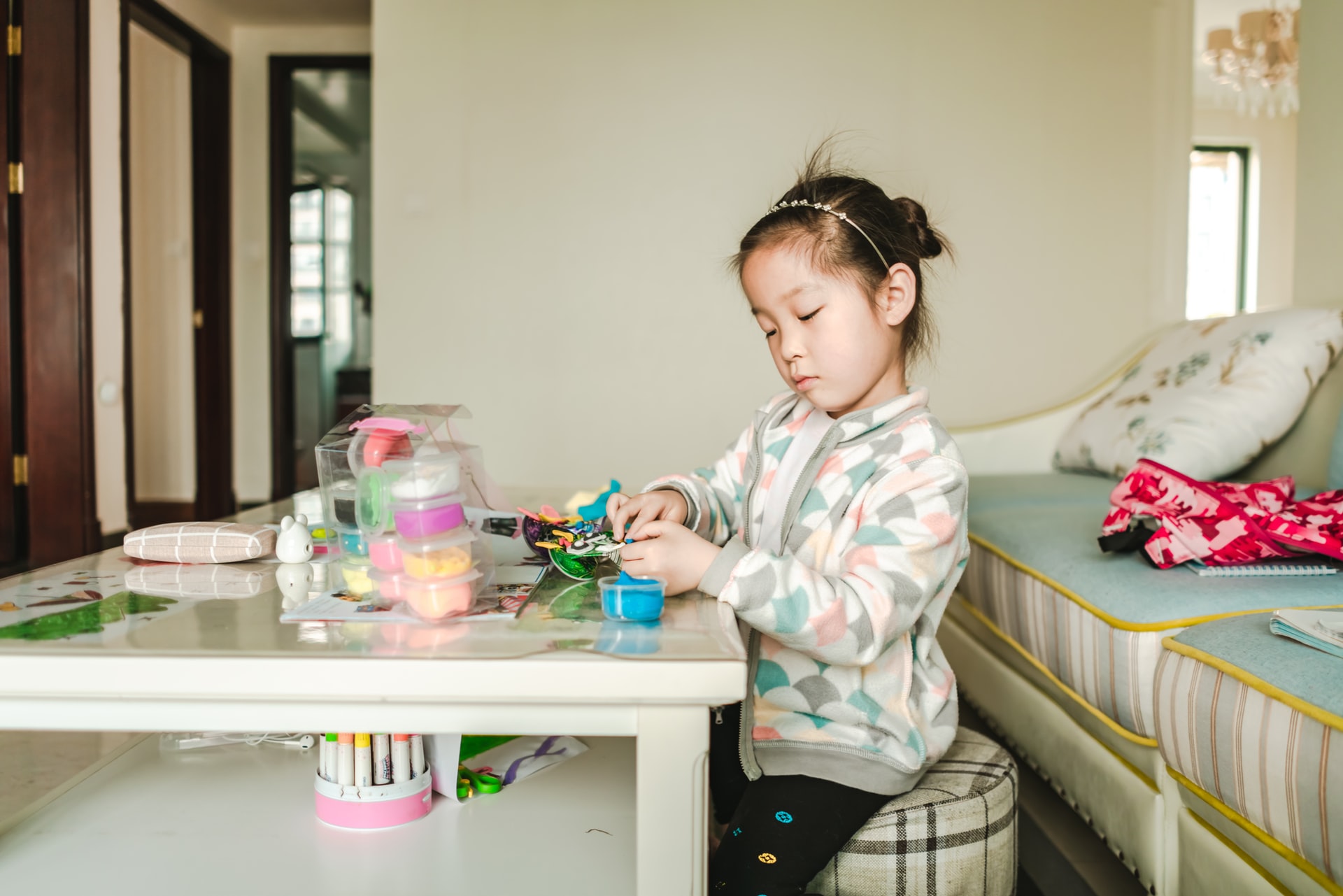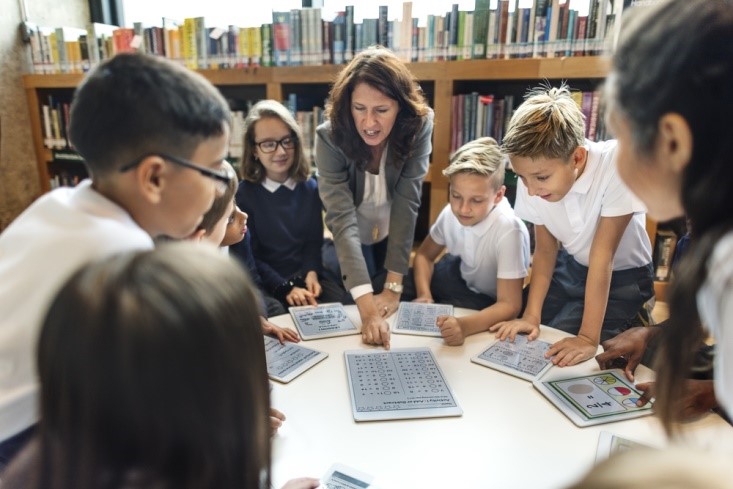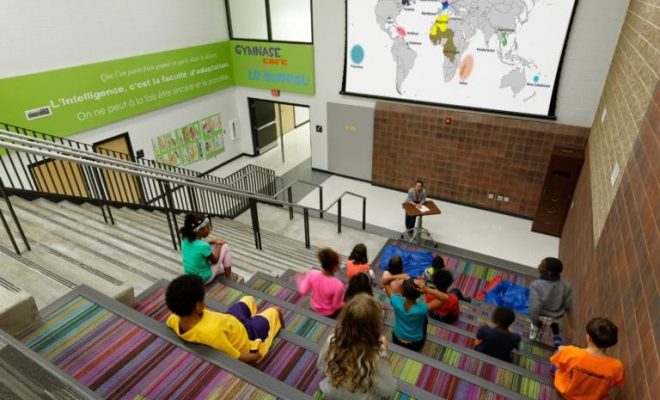3 Concepts Teachers Need to Know to Create a Culturally Responsive Classroom

Teachers are essential to the success of all students, regardless of their race or culture. Children often view teachers as mentors and role models in their lives. Through their actions, teachers send messages to children about whether they are accepted and competent enough to accomplish the tasks that they are given and about whether they are accepted members of the learning community.
Teachers must set a stage and culturally responsive climate for learning and this, in turn, stimulates interest within the child. Teachers send verbal and nonverbal messages to students that indicate their capabilities for success and establish the pace and level of intellectual stimulation in the classroom. Through their choice of learning activities, as well as how they present them, teachers must strive to differentiate their instruction so they can reach all of their students.
To accomplish this, teachers must cultivate a culturally responsive classroom. In this piece, I would like to discuss the 3 concepts that teachers need to know to create a culturally responsive classroom. Without further ado, let’s begin.
What does “culturally responsive mean”?
Is the term given to the practice of respectfully accepting, acknowledging, and incorporating the students’ diverse cultural knowledge, background experiences, and values into the curriculum and all aspects of learning.
What is culturally responsive pedagogy?
Is a student-centered approach to teaching in which the students’ unique cultural strengths are identified and nurtured to promote student achievement and a sense of well-being about the student’s cultural place in the world. Culturally responsive pedagogy is divided into three functional dimensions: the institutional dimension, the personal dimension, and the instructional dimension.
What is a culturally responsive curriculum?
Helps students from a minority ethnic/racial background develop a sense of identity as individuals, as well as to identify proudly with their particular cultural group. Schools with a culturally responsive curriculum strive to develop a balanced understanding of history because this perspective reflects both the positive and negative experiences of all of America’s ancestors. A culturally responsive curriculum also encourages teachers’ understanding of each student’s non-school cultural life. It provides a way for teachers to incorporate this information into the curriculum, promoting inclusion.
Can you think of any additional concepts that teachers need to know to create a culturally responsive classroom?
References
Culturally responsive teaching is a theory of instruction that was developed by Dr. Gloria Ladson-Billings and has been written about by many other scholars since then. To read more of her work on culturally responsive teaching and other topics, click here to visit her Amazon.com page.






